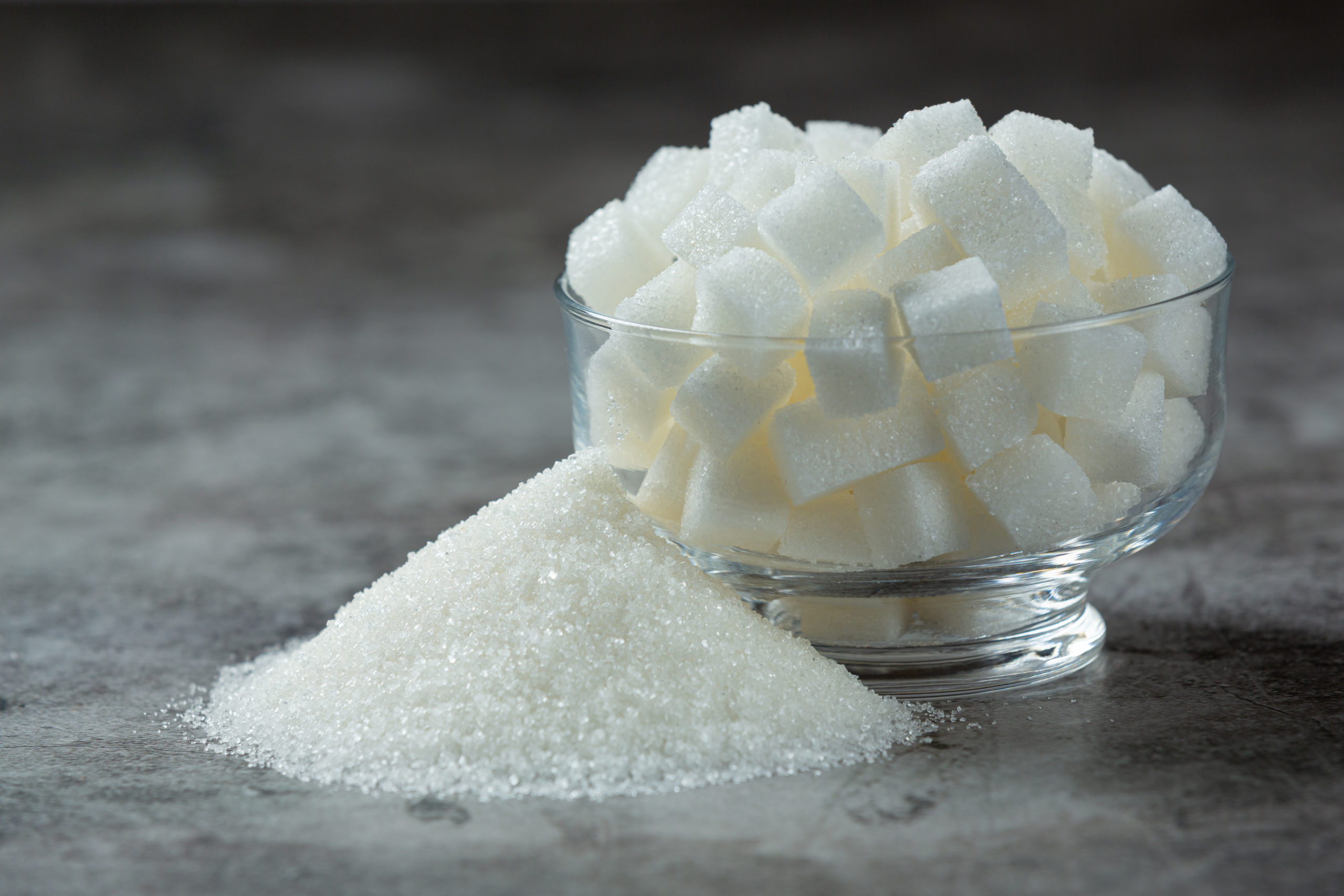Updated on April 9th, 2023
A lot of people love sugar for a variety of reasons. It could be its enjoyable taste, the quick and long-term bursts of energy it provides, the happy feeling it produces due to dopamine release, etc. Also, the breakdown of sugar is known to supply glucose, the primary energy source in the body. It might also be a tad tricky to bake your favorite confections and treats without including sugar in your recipes.
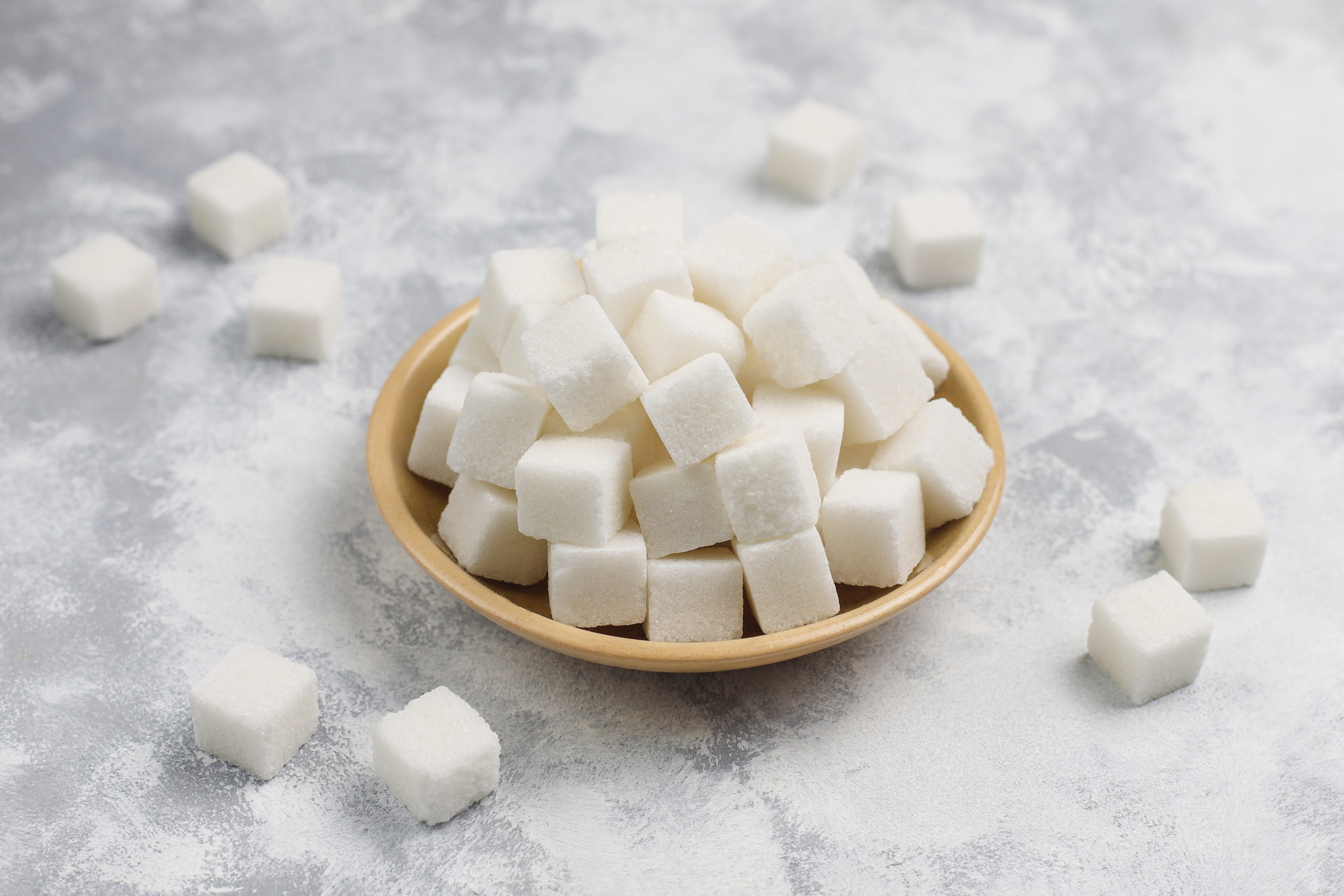
As much as you might love your sugar, however, it might not be a good idea to eat or use so much of it frequently. This is mainly because of health issues like excessive calories and weight gain, tooth decay, or elevated blood sugar levels. Now, you might be wondering, “it’s sugar; is it possible to do without it?”.
The great news is yes, and you can do without sugar. There are healthier replacements for sugar that provide as much taste without all the dangerous side effects. It would also be great to get familiar with the proper use of these alternatives in your recipes to get the same enjoyable taste and feel that sugar provides.
What is Sugar?
Sugar is a general term for sweet-tasting, soluble carbohydrates, which are commonly utilized in food. Glucose, fructose, and galactose are simple sugar examples, often referred to as monosaccharides. Compound sugars, widely known as disaccharides or double sugars, are two monosaccharide molecules joined together.
Sucrose (glucose and fructose), lactose (glucose and galactose), and maltose (two molecules of glucose) are typical examples of disaccharides. Table sugar, granulated sugar, and ordinary sugar are all forms of sucrose.
Most plants have sugars in their tissues. Simple sugars, for instance, can be found in abundance in honey and fruit. Sugarcane and sugar beet has a high concentration of sucrose, making them ideal for commercial extraction of sugar. Plants, however, cannot produce lactose, which is the only type of sugar that cannot be extracted from plants. It can only be found in milk and various dairy products, including human breast milk.
Sugar has many functions in food technology besides its sweet taste. It is helpful in foods as a fermentation substrate, a preservative, sweetener, a texture modifier, a bulking factor, and a flavoring and coloring ingredient.
The Use of Sugar in Recipes
Sugar is an essential and versatile ingredient and is helpful in both homemade and manufactured food products. It is used to add texture to baked goods, producing a characteristic lightness in the end products. Sugar can also enhance flavor, preserve food items and add viscosity, bulk, and density to baked foods.
Due to its distinct, pleasurable taste and other functional benefits it provides during cooking, sugar is utilized to produce a wide variety of recipes. Some of these recipes include:
- Sugar cookies
- Cheesecakes
- Pancakes
- Brown sugar pie
- Butter sugar buns
- Sugar bread rolls
- Meat Pies
- Scotch eggs
- Toffees
- Popcorn
- Pizza
- Brown sugar meatloaf
- Belgian sugar waffles
- Creme brulee
- Apple pies
- Chocolate mousse
- Casseroles
- Ice cream
- Banana pudding
- Marshmallows
Healthy Substitutes for Sugar
Although sugar has many benefits ranging from its taste to its functions, in some cases, you may worry about how much sugar you are consuming. This is because it could affect your calorie content, body weight, and overall well-being. There is also the added concern of elevating your blood sugar or ruining your teeth with dental decay.
If this is the case, it might be wise to consider healthier replacements for sugar to reduce health risks. Many such substitutes, with varied characteristics that make them valuable enough to substitute sugar in use adequately. They also have less harmful constituents that should allow for fewer health concerns in general. Consider the following options:
Maple Syrup
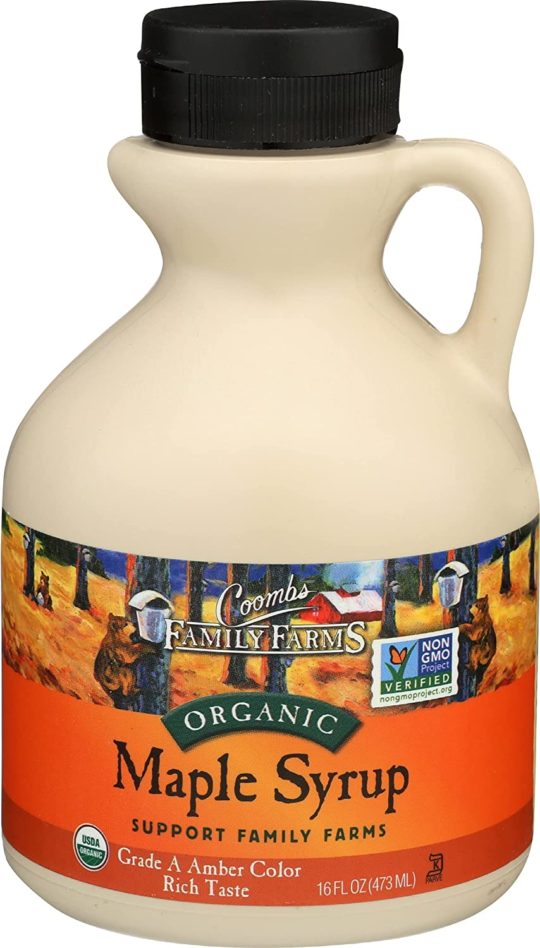
Among individuals who are less inclined to use refined sugar, maple syrup is quite popular with replacing sugar. Maple syrup is derived from tree sap. Because trees have mineral constituents, the syrup contains antioxidants and oligosaccharides, which benefit intestinal health.
The glycemic index of maple syrup is considerably lower than table sugar, which means it doesn’t elevate blood sugar as rapidly. Maple syrup is a fantastic replacement for sugar in any dish because it contains antioxidants that boost the body’s immune system and heart health and various vitamins and minerals.
The proportion of maple syrup to cane sugar in recipes is varied depending on the recipe in question. However, one cup of white sugar can usually be replaced with 2/3 to 3/4 cup of maple syrup.
Date Sweeteners (Pastes and Syrups)

Date pastes and syrups are all-natural sweeteners produced from dates, and the significant difference is that the syrup form is relatively thinner than the paste. They are substantial fiber sources and contain several kinds of beneficial antioxidants.
Dates are also nutrient-dense, containing a good amount of potassium, calcium, and magnesium, as well as other minerals that enhance bone health. Date sweeteners are generally better than sugar and some other substitutes, mainly due to the higher fiber properties and lower glycemic index.
If you choose to use your date paste instead of sugar, replace the sugar in the recipe with an equal amount of date paste. This substitute option will give your cookies and cake a softer, less sugary texture. For the date syrup option, a ratio of 2/3 cup date syrup to 1 cup sugar will suffice in a recipe that requires less liquid.
Stevia
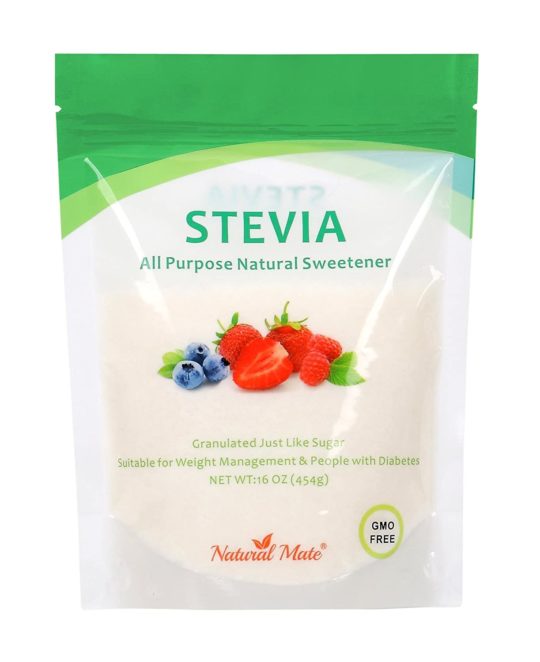
Stevia refers to a sugar substitute derived from the leaves of the stevia plant. Although it is about 100 to 300 times sweeter than table sugar, it is free of carbs, calories, and chemical additives. Unlike other sugar alternatives, stevia is entirely natural. For many years, people in South America and Asia have used stevia leaves to sweeten beverages such as tea.
Baking using stevia might, however, be a tad challenging. It may not give cakes, cookies, or bread the same texture because sugar doesn’t possess chemical components. It is thus best to experiment with different quantities and additional ingredients.
Only the purified form of stevia is considered safe to use and FDA approved. Words like stevia extract or Stevia rebaudiana might be found in the ingredient list of products that are considered safe.
Agave syrup
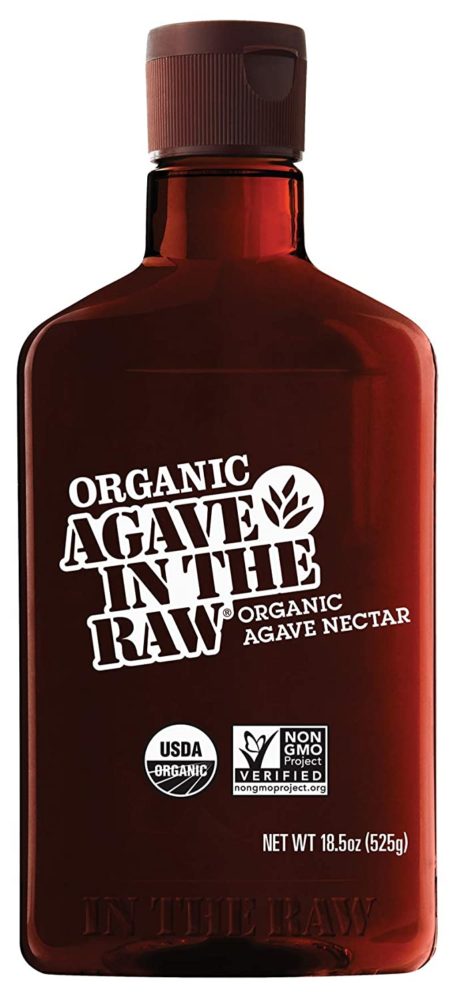
Agave syrup is a sweet brown liquid produced from the sap of the agave plant (a species of cactus native to Mexico). Agave is a popular substitute that is now widely used in sugar, honey, and maple syrup. After the plant’s juice has been extracted, it is filtered, boiled, and condensed into a syrup.
Agave has a molasses-like flavor, and the darker the color appears, the richer the taste tends to be. About health, agave is a much better replacement for sugar. This is due to its lower glycemic index (GI) and reduced glucose content.
Because agave syrup is around one-and-a-half times sweeter than sugar, you may get the same sweetened flavor with less of it, meaning an overall reduced calorie content. It’s versatile and straightforward to use, and it’s commonly used to sweeten hot beverages, oatmeal, and baked goods.
Frequently Asked Questions (FAQs)
Which sugar substitute tastes the most like sugar?
Erythritol has a sweet flavor with a close resemblance to that of table sugar.
Is brown sugar healthier?
Not exactly. Brown sugar contains slightly higher mineral properties than white sugar, but they are essentially similar in nutritional value.
Is monk fruit healthier than stevia?
Both sweeteners contain no calories and have significantly low effects on blood sugar levels. Generally, they possess very similar health benefits.
Conclusion
On a final note, there are several options to use in place of sugar, most of them with more considerable health benefits. Depending on why you need a sugar substitute, you could try one of our suggested options in the proper proportions. You might be pleased to find that you may never need to use sugar anymore.
It is also essential to consider the dietary constituents of whatever option you decide on and ensure that it is the safest choice for you.
